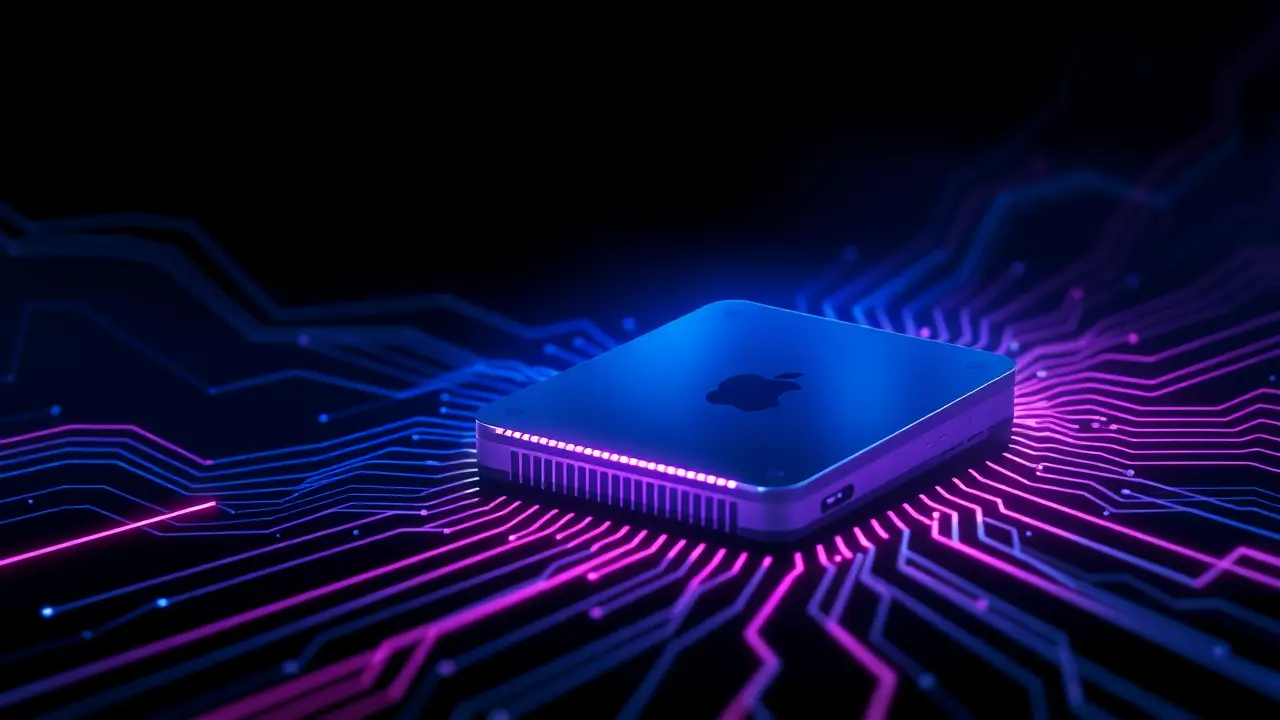Apple Just Upgraded the iPad Pro, MacBook Pro, and Vision Pro with Its New M5 Chip
In a move that feels less like a revolution and more like a meticulous refinement, Apple has once again deployed its silicon scalpel, grafting the new M5 chip into the core of its iPad Pro, MacBook Pro, and Vision Pro lineups. While the external chassis, the industrial design that has become a familiar icon, remains largely untouched—a decision that will surely fuel debates on innovation versus iteration—the real story unfolds at the atomic level of processing.This isn't a flashy, top-to-bottom redesign meant to capture headlines; it's a surgical performance boost, a calculated enhancement that speaks to Apple's long-game strategy of vertical integration. The M5, building upon the formidable architecture of its M-series predecessors, represents the next logical step in a journey that began when Apple decisively severed its reliance on Intel, a bold gambit that has since redefined the power-to-performance ratio for personal computing.We're witnessing the continued maturation of a unified computing architecture, a vision where the same fundamental silicon DNA powers everything from the tablet in your hand to the laptop on your desk and the spatial computer on your face. This creates a powerful, cohesive ecosystem, but it also raises profound questions about the future of device specialization.Is the endgame a single chip for all form factors, or will the divergent needs of creative professionals, developers, and everyday users eventually force a more fragmented silicon roadmap? Early benchmarks and tear-down analyses will be scrutinized with the intensity of academic papers, comparing the M5's CPU and GPU cores against not only the M4 but also the looming competition from Qualcomm's Snapdragon X Elite and the relentless advance of AMD and Intel in the traditional PC space. The implications ripple outward: for developers, this means further optimizing apps to leverage the neural engine's capabilities for on-device AI, a critical battleground in the era of large language models.For the enterprise and creative sectors, these incremental gains translate to faster render times, more complex simulations, and longer battery life—the unglamorous but essential metrics that drive productivity. The upgrade to the Vision Pro is particularly telling, signaling Apple's unwavering commitment to making spatial computing a viable, high-performance platform, demanding immense processing power for its high-fidelity passthrough and low-latency interactions.Yet, one must ponder if this chip-centric update is enough to reinvigorate a tablet market that has plateaued, or a laptop segment where the differences between generations are becoming increasingly imperceptible to the average user. The narrative Apple is weaving is one of quiet, relentless improvement—a philosophy of compounding gains rather than disruptive leaps.It’s a strategy that has served them well, building products that are not just purchased but invested in, with a longevity assured by a predictable and powerful upgrade path. However, in a tech landscape increasingly shouting about AI, foldables, and ambient computing, Apple's whisper of a spec bump feels both confident and curiously conservative, a bet that raw, refined computational power remains the ultimate currency in the digital age.
Latest News
The charts are whispering what the true believers have felt in their bones for weeks—Dogecoin is carving out a bottom.
17 hours ago5 comments
The Institute for Fiscal Studies has thrown a stark warning onto Rachel Reeves's desk, urging the Chancellor to confront a potential £22 billion shortfall in
17 hours ago3 comments
Alright, let's break down this absolute heater of a performance from the Chicago Blackhawks, because if you missed this one, you missed a party.
17 hours ago5 comments
The ice was hot last night in the NHL, folks, serving up a slate of games that felt less like a regular season Tuesday and more like a playoff preview with a
18 hours ago3 comments
The XRP chart is painting a tantalizing picture for those with the stomach to withstand the relentless pressure from crypto's leviathans.
18 hours ago4 comments
It’s in the small shifts, the quiet recalibrations of a Thursday morning, where the most meaningful change often takes root.
18 hours ago4 comments
In a move that sent ripples of quiet confidence through the crypto ecosystem, blockchain intelligence firms tracked a monumental treasury allocation from
18 hours ago4 comments
In a move that would have drawn a nod of approval from historical figures like Churchill, who understood the delicate balance of power within democratic
18 hours ago2 comments
JA
Jamie Larson123k17 hours ago
wait so they just put a new chip in everything and called it a day lol idk man feels a bit lazy tbh
0
JA
Jamie Lawson123k21 hours ago
another spec bump feels kinda lazy ngl, my m1 macbook is still fine so idk if this is even worth it
0
JA
Jamie Larson123k1 day ago
watching these chips evolve is like watching a kid grow up so proud of how far they've come 🥹
0
JA
Jamie Lowe123k1 day ago
another chip upgrade feels like they're just ticking a box at this point, does anyone even notice the difference tbh
0
